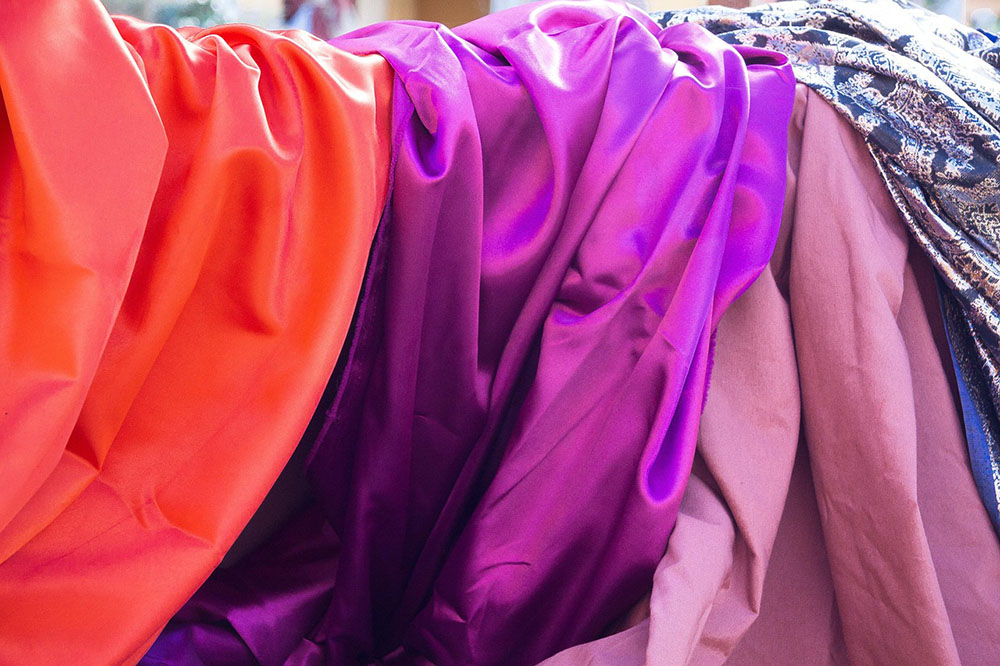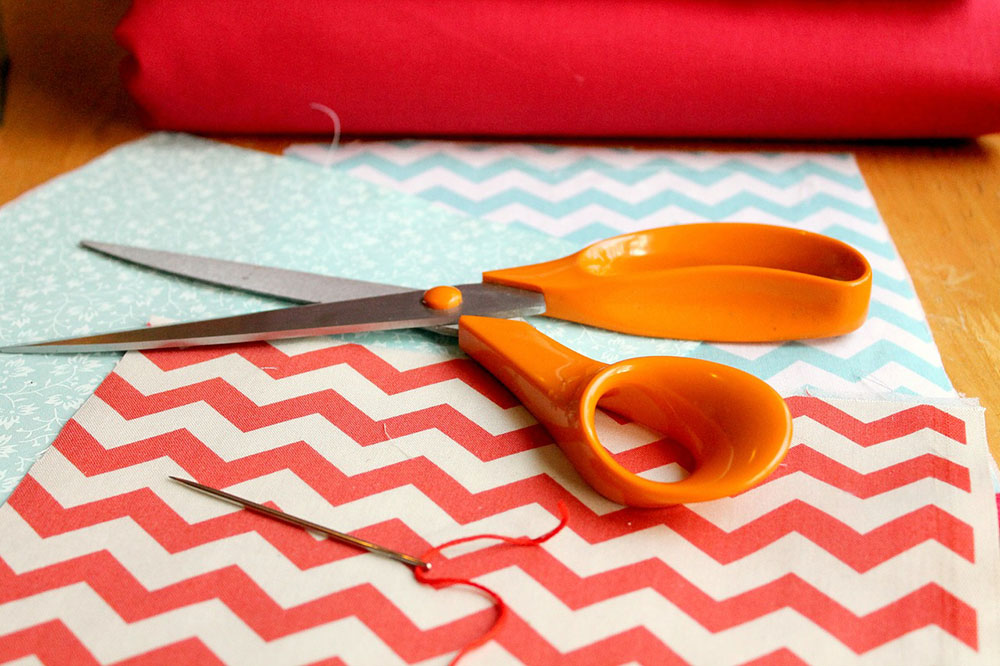
There it is—the perfect project! That blouse you’ve always wanted to make. The baby blanket that is just perfect for your new grandchild. The quilt project you’ve finally got the tools for. But what fabrics should you choose? What process do you need to follow before you ever put in a stitch? It’s important that before you even start sewing, you choose the right fabrics for your project and that you take some time to prepare your fabric before you begin. These crucial steps in the sewing process will keep your project running smoothly and help the finished product really shine.
Choosing Your Fabric
Your choice of fabric is the most important step you can take to complete a successful sewing project. Fabric choice is largely determined by the item you are sewing and depends upon your needs for the item’s wearability, durability, and washability. You should always look at the care labels for fabrics before purchasing, as well as the fiber content, to ensure that the fabric will perform as needed. Quilting, clothing, and other projects can all require different performance needs.
Natural Fabrics
Natural fibers such as wool, cotton, and linen offer breathability, durability, and relatively easy use for the novice sewer. These fabrics are rarely slippery and hold up well to many sewing techniques. They are usually washable, though delicate linens and wool may require special washing or drying care to avoid damage or shrinking.
Natural fabrics work well for clothing as they breathe against the skin, allowing for the evaporation of moisture and more comfortable wear. Cotton is particularly popular for clothing and other uses such as quilting due to its durable nature and easy care. Silk, another natural fabric, is popular for its fine texture but can offer challenges, as it is delicate. It can require special care later on for washing and drying; silk may also be difficult to sew for a novice sewer as it tends to slip and slide during work. If comfort and overall durability are your primary concerns, natural fiber fabrics are an excellent choice.
Synthetic and Blended Fabrics
Popular because of the easy care of the finished product, synthetic fabrics like polyester or polyester blends require less ironing and are easy to keep clean. Synthetic fabrics or blends, however, can be warm and sometimes uncomfortable to wear because they do not allow for moisture evaporation. These fabrics are sometimes also difficult to sew with due to sheen, stretch, or slipping, so be sure to check the fabric’s texture first. If extreme durability and easy care are your goals, then synthetic fabrics and synthetic blend fabrics are an excellent choice.
Preparing for Sewing
Before you begin stitching, it is important to realize that fabric must be prepared first. Off-the-bolt fabric is typically sized with chemicals or stiffeners to make the milling, packing, and shipping processes easier. This sizing process makes fabric on the bolt easy to handle, but can also stiffen and change the drape of the fabric. Additionally, even “pre-shrunk” fabric often needs another wash to be sure the fibers are contracted and prepared for sewing without further shrinking.
Heavily dyed fabrics may also still retain excess dye, particularly fabrics in the red and blue color range. To assist in all of these areas, fabric should be washed and ironed prior to cutting. Simply remove your fabric from the bolt, wash according to the fabrics typical washing instructions, and then you can lay out and cut your pattern.
If you are using a fabric that tends to unravel—line linen, cotton, or silk—you may wish to run unfinished edges through a serger or quickly stitch unfinished edges with an overlock stitch prior to washing; this will prevent unraveling in the wash.
Whatever project you are about to embark on, choosing the right fabric and preparing it before you cut and sew is vital to your project’s success.
Happy sewing!
While you’re thinking about fabric, check out this free video about Tips for Mixing and Matching Sewing Fabrics.
Related Videos:
Tips for Choosing Sewing Pins
Choosing the Right Purse Handles for Your Purse
Choosing the Right Sewing Machine Needles
Sewing with Laminated Fabrics
Tips for Managing Bulky Fabrics
Knit vs. Woven Fabrics
Tips for Working with Terry Fabrics
Sewing with Laminated Fabrics
Get in touch! Leave a comment or email editor@nationalsewingcircle.com.


I have yardage of Tartan worsted wool that fiends brought back from Scotland for me. The plan is to make throw pi;;own for them. Do I nee to use another fabric such as muslin for a stabilizer. I know the covers will need dry cleaning rather than washing when the time comes. Thanks for you help.
I have forgotten more than I remember
Do you sell organic material ????? I would like to use to make a quilt.....
Very helpful, there are things I forgot, and some I didn't know. Thanks
Thanks as a newbie to quilting, but not sewing, (I haven't sewed in > 30 years til Nov past) and these refresher courses are nice to review... Gmakitty
I'm having trouble ruching organza bodice for a flower girls dress. I just can't get it to sit flat. Any tips?
I learned this in high school and a it was a nice review. Thank you
It is very helpfull. Thank you